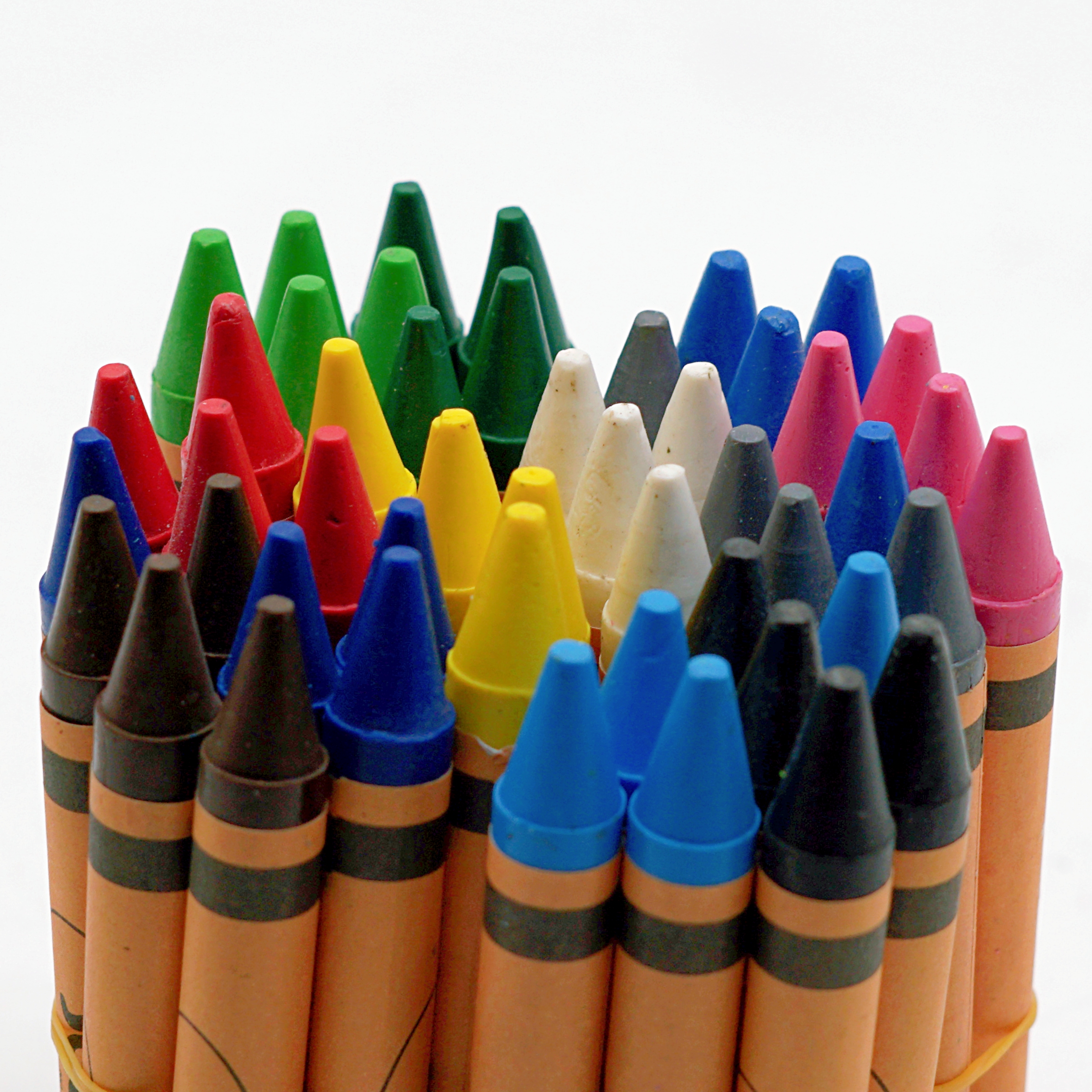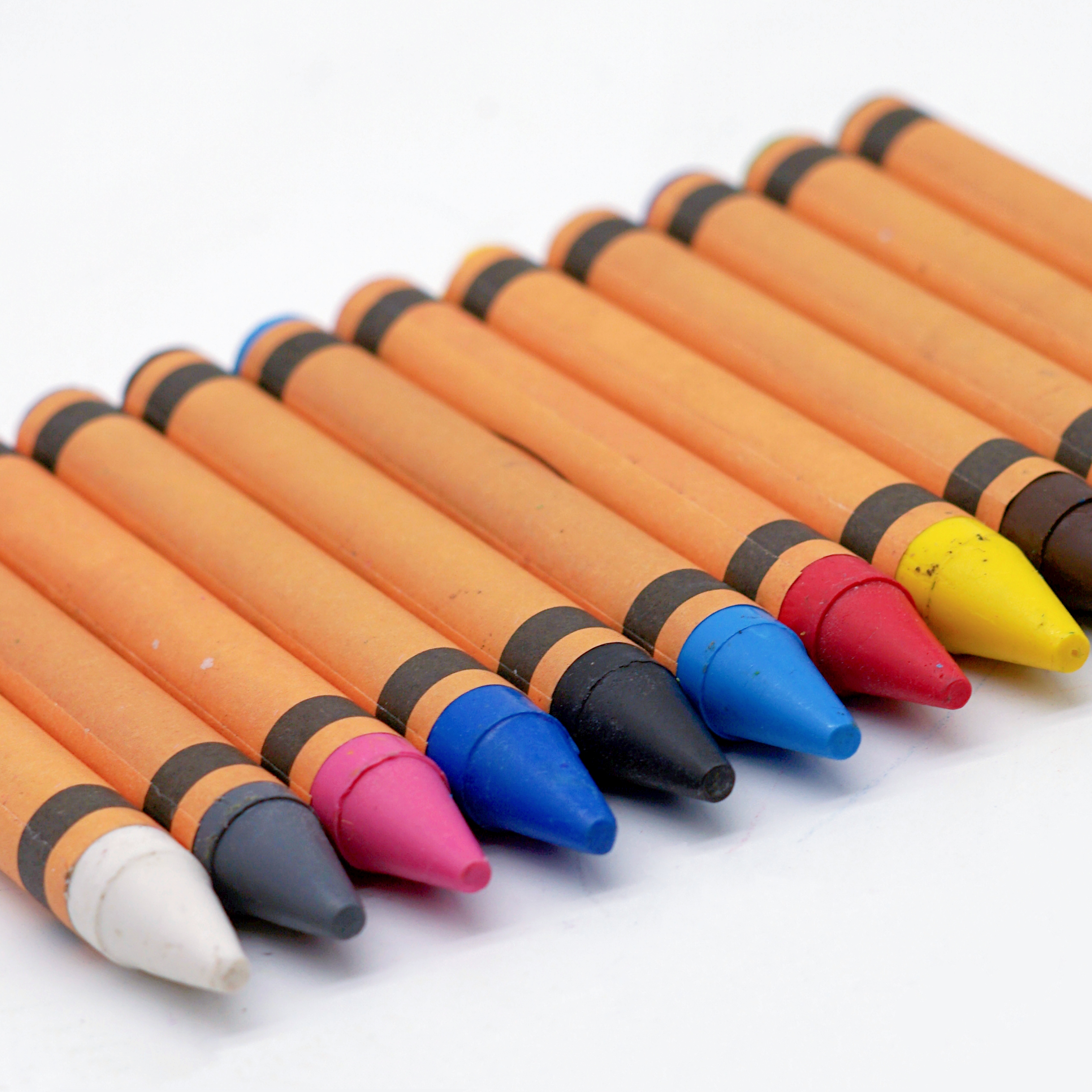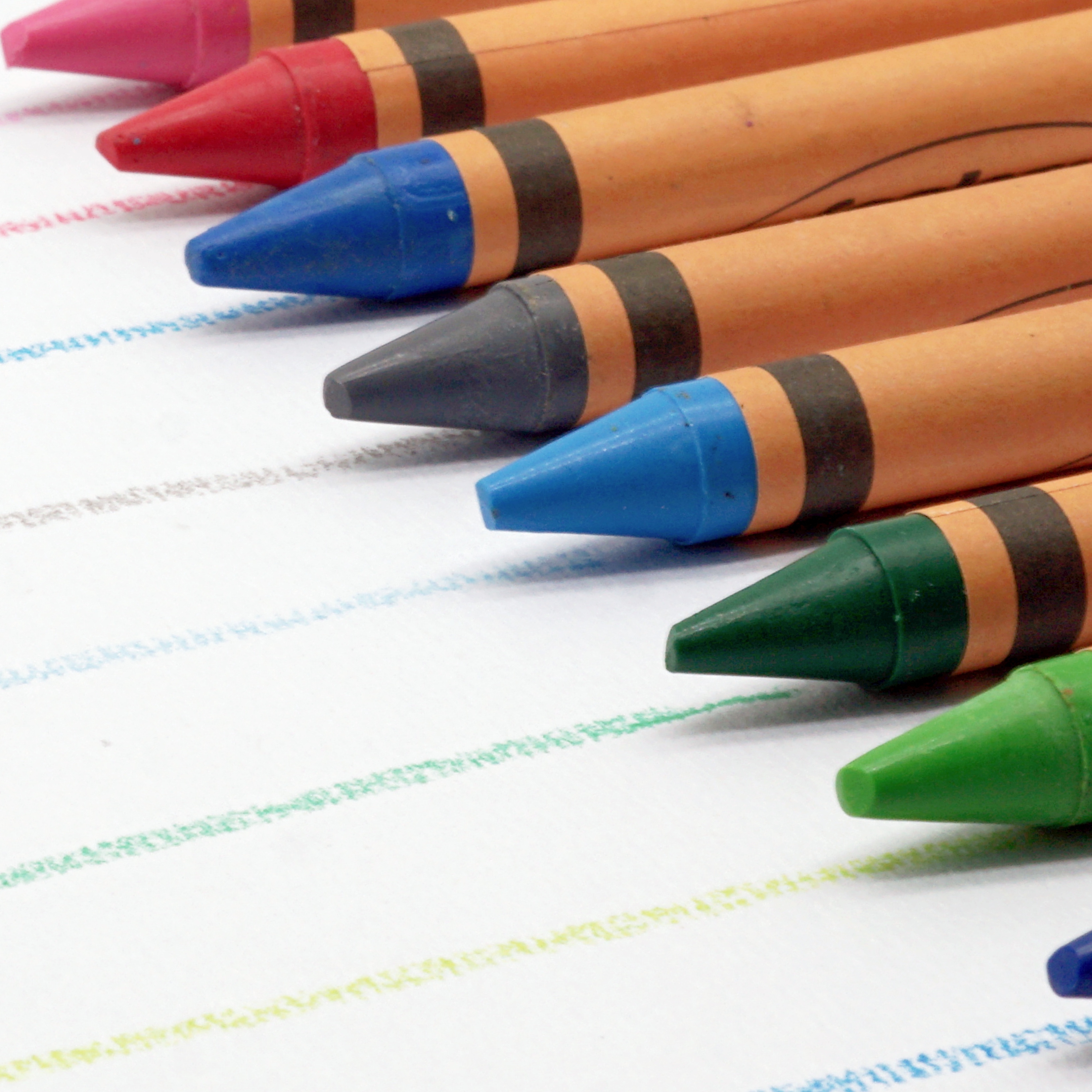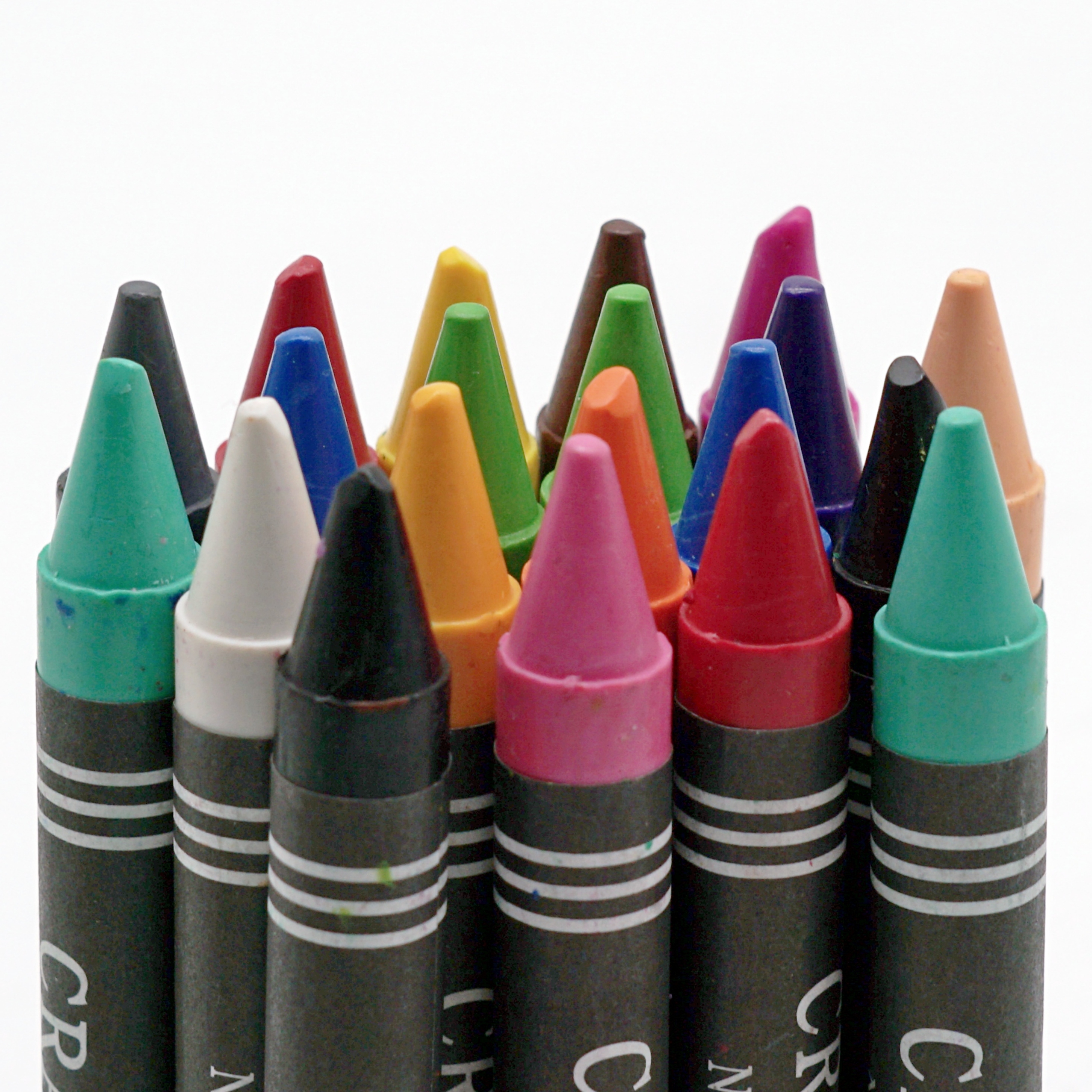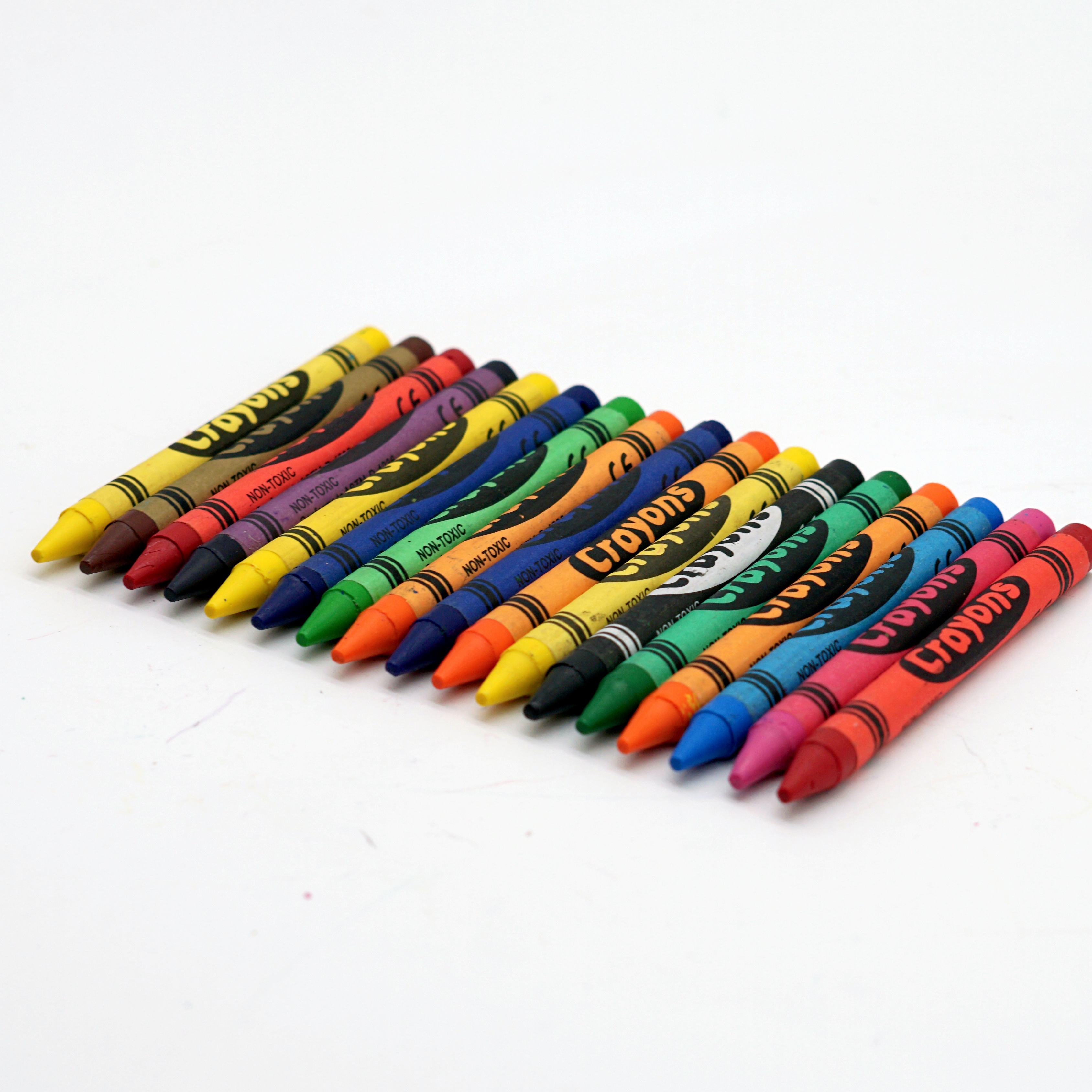How to use crayons?
First of all, with the usual way to hold the pen will be held in the palm of the crayon, held near the tip of the pen, to ensure that the wrist joints and knuckles can be loose and flexible, and then prepare a piece of white paper, crayons on the paper to draw out the colours, the paper can be padded with a plastic sheet, to ensure that the colour can be coated uniformly, the practice of coloring can be painted along with the drawing paper on the contours of the different objects and objects from the top to the bottom, or from the left to the right, with a vertical line, a horizontal line, a diagonal line, a curve, a curve, a curve can be used to color. You can use vertical lines, horizontal lines, diagonal lines, curved lines and curves to colour.
1、Before using crayons, you should master the correct way to hold them. Pinch the crayon near the tip, the length of the crayon should not be longer than the tiger's mouth, the main thing is to let the crayon be able to move completely in the palm of your hand, you should not hold it too tightly, and your wrist should be away from the desktop to make sure that the wrist joints and knuckles can be loosened and flexible. When applying colours, it is recommended to put a plastic sheet under the paper to make sure that the colours can be applied evenly. In winter, crayon will not be easy to colour because of the low temperature, you can use watercolour pencils instead.
2、There are several ways to use crayons for colouring:
(1) Overlaying, this method can make the painting very full, with a sense of subject and layers, it is the compounding of many colours, which can make the painting very full. Painting with light colours to start with, then painted dark colours, the thickest and blackest colours to be painted last, both layers and colour changes.
(2) flat paint, first use the crayon to paint the edge parts, the force should be even, not light at one time, not heavy at another time, should be painted in one direction, the colour should be painted all over the paper, can not leave a trail of white, in the painting of the intensity of the change, first gently painted, then in the painting of a good light colour on the repeated repeated painting, so that the colour will be painted out of the thickness of the colour, enduring.
(3) leave white, crayon painting white parts are mostly left out, leave white with light colours from the dark position to start painting colours, gently painted, slowly and gradually transition to white, so that left out of the white natural, reflecting the feeling of light.
(4) Scraper, belongs to a technique, first use the crayon to draw the object's colour and intensity changes, and then use the knife to scrape out the required size of the white spots, changes, as well as thick and thin lines. This method can be used when drawing glassware and things with smooth surfaces.
3、Practice coloring can follow the paper and the outline of different objects and objects from top to bottom, or from left to right, with vertical lines, horizontal lines, diagonal lines, arcs, curves for coloring can be, such as coloring the house, you can choose the colour you need to paint beforehand, paint the roof, generally use diagonal lines one by one to paint the past, paint the wall, generally can be painted in the outline of the top down, chimneys can be painted with arcs.
Second, the characteristics of crayon drawing
1、Crayon painting doesn't need to consider the influence of water and oil on the dryness of the colour, and it doesn't need to be prepared with tedious painting tools before painting like other kinds of paintings, and it can be stopped and renewed at any time, and the strokes and colours of the paintings can be naturally connected together without any limitation of time, which can fully reflect the superiority of the wax crayon paintings compared with the other kinds of paintings in the paintings.
2. Crayon painting can also be modelled directly through freely grasped thick and thin strokes, producing highly generalised artistic images with a special sense of childish beauty. It is an ideal tool for children to learn colour painting, and some painters also use it for sketching and colour recording.















